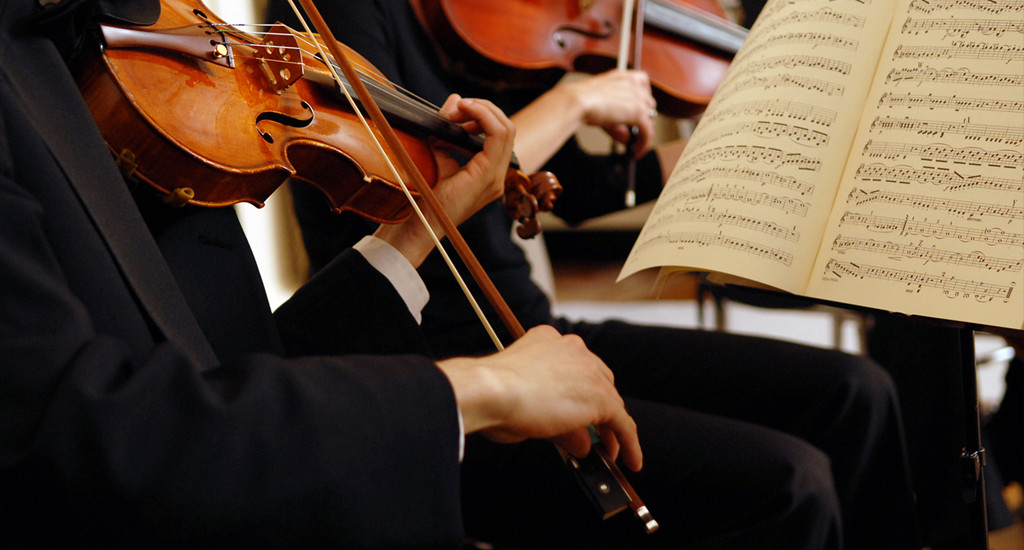segue

segue – verbo (intransitivo) e sostantivo (non numerabile)
It was a single hour set with no breaks – one song segued into another.
The film segues seamlessly from absurdist comedy to documentary detail.
How did you segue into event design?
They changed the story enough to make the movie fresh and original as well as providing a perfect segue for the two planned sequels.
However, this does make a convenient segue into my next point.
Usato in inglese da circa duecento anni come didascalia negli spartiti musicali, il verbo e sostantivo segue è entrato nella lingua comune a metà del secolo scorso.
Negli spartiti musicali, segue avverte l’interprete di incominciare senza soluzione di continuità l’esecuzione del tempo successivo; da questo campo ristretto il termine è passato a significare una transizione armoniosa, dapprima sempre in ambito musicale, come nel primo esempio dato, poi in un qualsiasi contesto.
Al contrario di transition, che ha un significato molto simile, segue porta con sé quell’idea di armoniosa continuità che gli proviene dall’ambito musicale e che gli ha garantito il posto nella lingua inglese viva.
Origini del termine
Com’è facile intuire, segue viene dal verbo italiano seguire. In ambito musicale è in uso dal XVIII secolo, nel linguaggio comune da metà XX secolo.
Traduzione di Loredana Riu
segue – verb (I) and noun (C)
It was a single hour set with no breaks – one song segued into another.
The film segues seamlessly from absurdist comedy to documentary detail.
How did you segue into event design?
They changed the story enough to make the movie fresh and original as well as providing a perfect segue for the two planned sequels.
However, this does make a convenient segue into my next point.
Having been used as an instruction in musical scores for a couple of centuries, the verb and noun segue made the transition into common English usage in the middle of the last century.
As a musical instruction, segue indicates that the performer should proceed without a break or continue doing something that has already been done. The verb started to be used more broadly to refer to a musical performance where this happened, as in the first example above, before being broadened out to the point where it can be used to refer to any smooth transition.
The noun segue also started to be used to refer to a transition without a pause in musical performance before being used more widely to refer to any smooth transition. Clearly there was a gap in English that this Italian word was waiting to fill: unlike transition, which has a very similar meaning, it carries with it from its musical origins the idea of smoothness and continuity which has allowed it to find its place in the English lexicon.
Origin
As will be obvious to Italian readers, segue comes from the Italian verb seguire. As a technical term in music it dates back to the 18th century; the non-technical uses of both the verb and noun started to be used in the mid 20th century.



